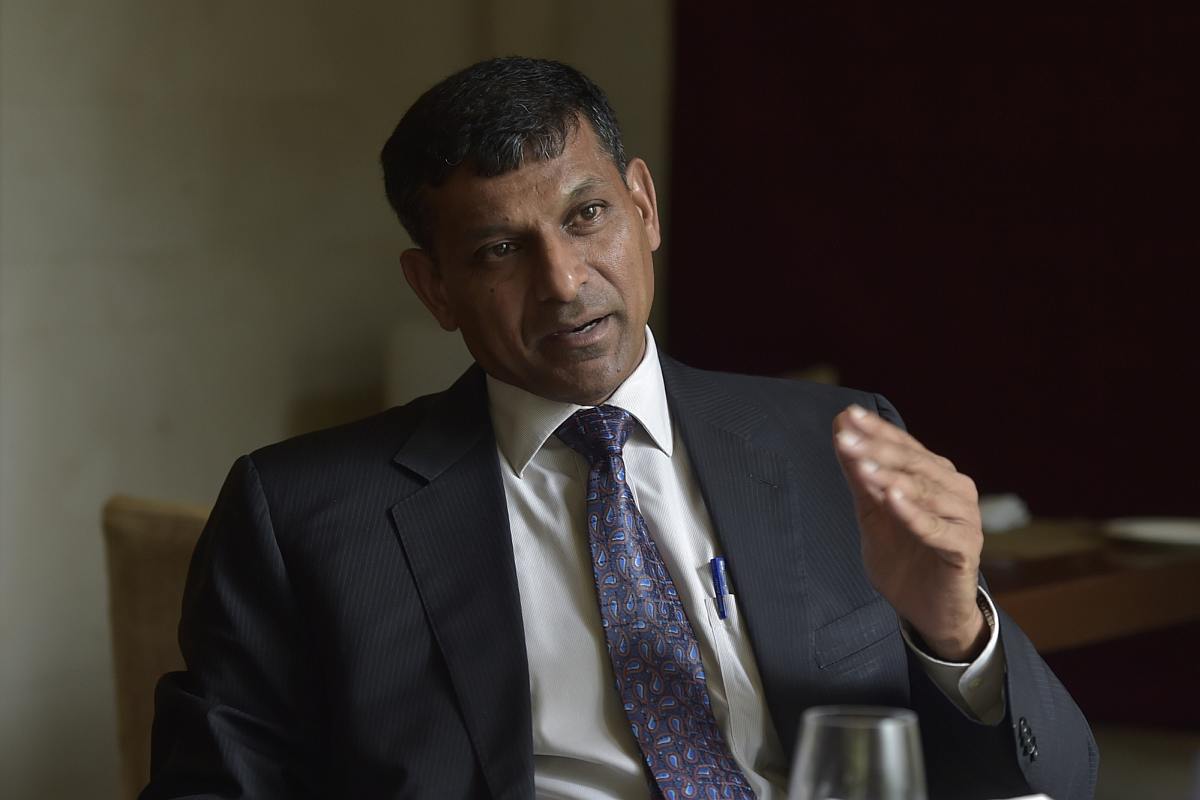RBI asks fintech firms, digital payment cos to ensure responsible innovation
RBI Governor Sanjay Malhotra on Thursday asked fintech firms and digital payment companies to ensure responsible innovation and better compliance.
India stands at a crucial juncture in its quest to harness the potential of its demographic dividend. Renowned economist and former RBI Governor Raghuram Rajan’s recent remarks underscore the urgent need for concerted efforts to unlock the benefits of this demographic boon.

Former RBI Governor Raghuram Rajan (File Photo: IANS)
India stands at a crucial juncture in its quest to harness the potential of its demographic dividend. Renowned economist and former RBI Governor Raghuram Rajan’s recent remarks underscore the urgent need for concerted efforts to unlock the benefits of this demographic boon. As the world’s largest democracy, India boasts of a youthful population, a demographic advantage that, if properly leveraged, could propel the nation towards becoming an advanced economy by 2047.
Mr Rajan’s observations paint a stark picture of the current scenario. Despite being in the midst of the demographic dividend, India is failing to reap its rewards. High levels of unemployment, coupled with disguised unemployment, highlight the pressing need for policy interventions aimed at improving human capital and enhancing skill sets. The alarming trend of highly educated individuals resorting to menial government jobs underscores the severity of the employment crisis gripping the nation.
Advertisement
One of the key challenges identified by Mr Rajan is the mismatch between the skills possessed by the workforce and the demands of the job market. Addressing this disconnect requires a multifaceted approach, encompassing both education reform and targeted skill development initiatives. Investing in vocational training programmes and promoting apprenticeships, as advocated by Mr Rajan, can bridge the gap between academia and industry, equipping individuals with the skills needed to thrive in a rapidly evolving job market.
Advertisement
Furthermore, Mr Rajan’s critique of India’s skewed focus on capital-intensive industries at the expense of labour-intensive sectors is particularly pertinent. While initiatives such as subsidising chip manufacturing may be necessary for technological advancement, neglecting sectors like leather and textiles, which have the potential to generate significant employment opportunities, is short-sighted. Revitalising these traditional industries through targeted interventions and addressing underlying structural issues can create a more inclusive growth trajectory.
Moreover, Mr Rajan’s observations regarding the exodus of Indian innovators to foreign shores raise questions about the ease of doing business and access to markets within the country. Streamlining regulatory processes, fostering innovation ecosystems, and enhancing access to finance can incentivise entrepreneurs to stay and thrive in India, contributing to economic growth and job creation. The recent pre-poll survey findings indicating concerns about the difficulty of finding employment further underscore the gravity of the situation. It is imperative for policymakers to prioritise job creation and formulate holistic strategies that address the multifaceted nature of the employment challenge.
India stands at a crossroads, poised to either capitalise on its demographic dividend or squander its potential. Mr Rajan’s insights serve as a wake-up call, urging stakeholders across the spectrum to redouble their efforts towards unlocking India’s true economic potential. By investing in human capital, promoting inclusive growth, and fostering an enabling environment for innovation and entrepreneurship, India can pave the way towards a brighter, more prosperous future for its citizens. India has the numbers. It must make them count.
Advertisement